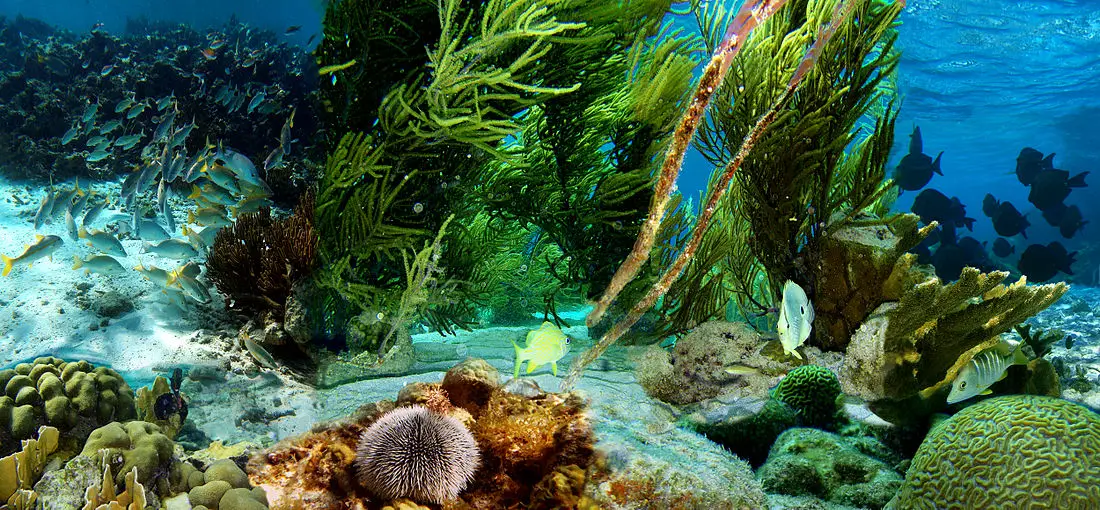Life under water is getting filmed
Water covers most of the Earth. Compared to forests, prairies, and other ecosystems, the deep sea is by far the largest ecosystem on the planet. So, if you want to understand Planet Earth, you have to understand its oceans.

Oceans are the biggest ecosystem in the world. Unless we understand oceans we cannot understand our planet.
A team of researchers recently made an 11-day expedition to the Bahamas to do just that. The expedition, called Deep Scope 2007, used a tank like submersible to drop off and pick up a special camera system called the Eye-in-the-Sea, or EITS. The camera films with red light, which most deep-sea animals can’t see, so they don’t get scared away.
Light shows
One of the biggest advantages of EITS is that it allows researchers to see how deep-sea creatures communicate with one another—using a type of light called bioluminescence.
Bioluminescent creatures use chemicals to make their own light. Scientists believe that sea creatures use this light for everything from scaring away predators to finding food in dark waters.
Seeing through their eyes
To understand the way sea animals live, scientists need to see the world as they see it. Scientists already know, for example, that most deep-sea animals can see only blue light and have blurry vision. Though biologists have learned a lot about the creatures that live in the deep, they still have many questions. For example, scientists want to know how bioluminescence is used, how often animals light up, and what creatures of the ocean depths remain to be discovered. To help they are working on a new version of EITS that will be placed permanently in a deep-sea canyon off California.